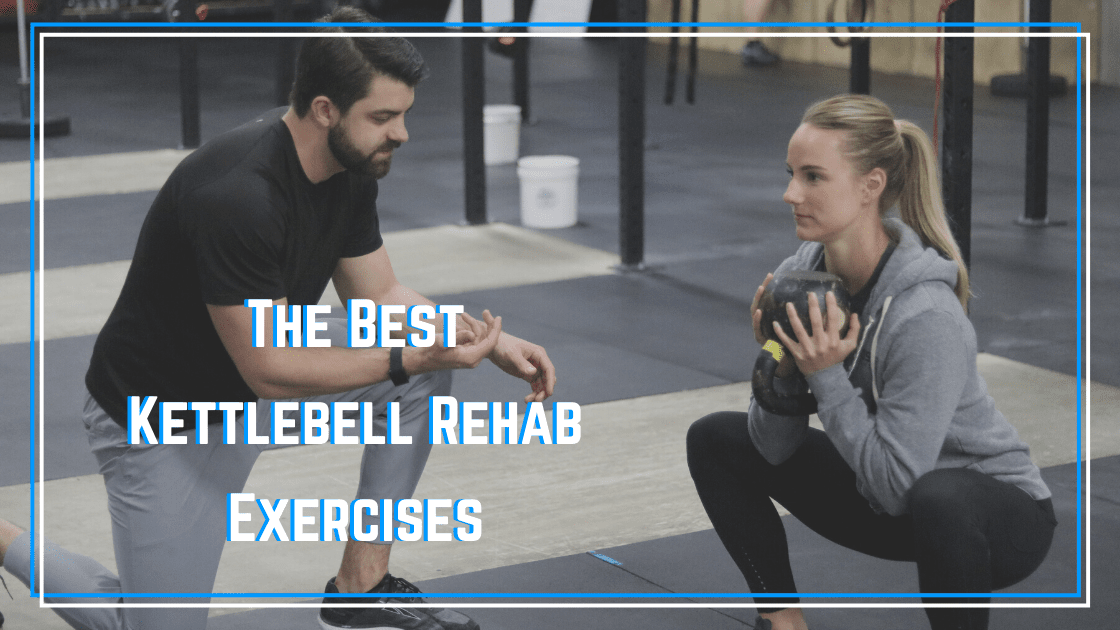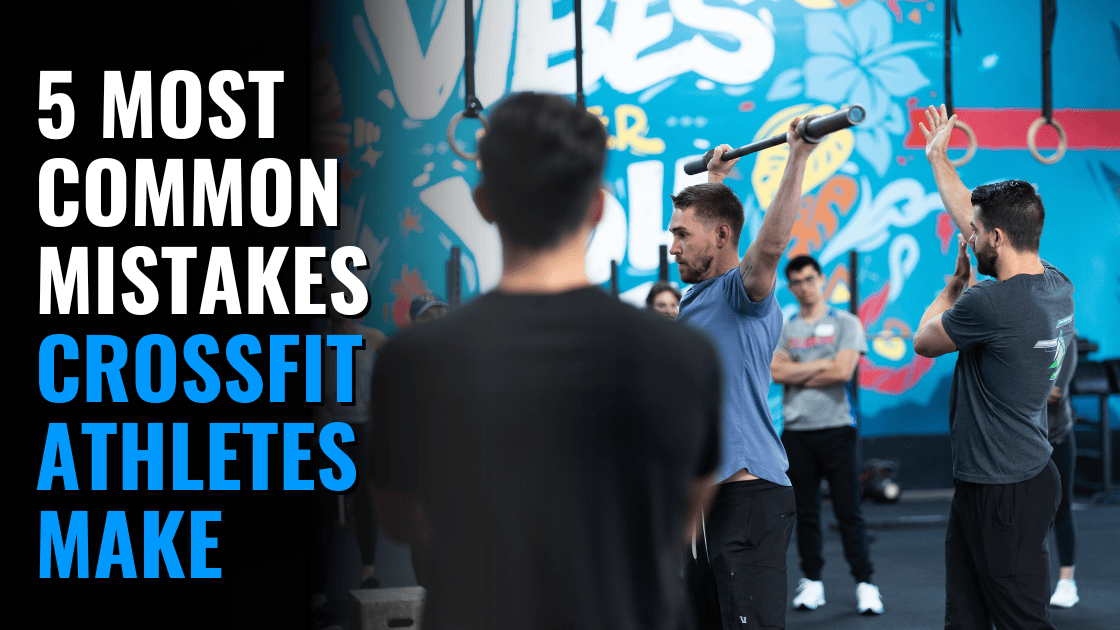The kettlebell is a fantastic training tool for athletes and the general population to build strength, stability, coordination, conditioning, and sports performance. It is also one of the most undervalued pieces of equipment used by physical therapists and chiropractors in the rehabilitation of injuries. Here are my favorite kettlebell rehab exercises.
For more rehab exercises, see my articles on the best barbell exercises and TRX exercises.
Essential Strength Equipment for the Modern Physical Therapy Practice

With physical therapists promoting ourselves as the “movement specialists” of the medical world, we must understand how to progressively load our patients. Therapeutic exercise is such a foundational aspect but often results in under loading of patients because typically, the heaviest piece of equipment in the gym is elastic tubing and light dumbbells. In the following eBook, you will find the Top 10 pieces of strength equipment for the modern PT practice and examples of exercise selection based on clinical reasoning.
The Best Kettlebell Rehab Exercises
Turkish Get Up (TGU)
The Turkish Get up can be a self-limiting bodyweight movement or challenged with a heavy kettlebell. The TGU can also be used as an evaluation and an exercise. There are seven major steps in the TGU, and each step could be used as a rehab movement. One of the keys is keeping the eyes focused on the kettlebell.
Most importantly, be sure to reposition the kettlebell and your base points as needed to make it a safe movement and a stable environment. There is a litany of benefits to this movement that allows for rehab practitioners and strength coaches to program this exercise for their clients and athletes.
Bottom-Up Press
The bottom-up press increases the instability of the kettlebell press. So, this variation is a great variation to add a little spice to shoulder rehab and training. This will point out side-to-side weakness in an athlete’s strength as well. For those rehabbing from shoulder injuries, the bottoms-up position means less overall weight can be lifted. As a result of decreased load, this variation can often be used earlier in rehab.
View this post on Instagram
Goblet Squats
The goblet squat is probably my most used of these kettlebell rehab exercises. The positioning of the load moves the center of gravity forward, which allows the individual to more easily sit back in the squat. So, this often clears squat dysfunctions up rapidly, and the goblet squat should be part of EVERY rehab professional’s arsenal of tools. The goblet squat is also a less intimidating way to build strength throughout the body in those that would be nervous loading with a barbell.
View this post on Instagram
Kettlebell Deadlifts
Like the goblet squat, these provide a less intimidating way to load a fundamental movement pattern. Another great advantage of the kettlebell deadlift of the barbell version is the increased ease of raising the kettlebell by placing on one box. With a barbell you need two boxes to raise its height off the floor. So, this allows the clinician to easily individualize the range of motion requirements to help train the movement pattern through each patient’s available mobility.
Bottoms Up Rhythmic Stabilizations
Rhythmic stabilizations are a great way to train proprioception and stability in rehab. And we can add in a bottoms-up kettlebell to further challenge this technique results in a killer rehab move. Perform supine, in standing with the arms overhead, with eyes closed, or as shown below.
View this post on Instagram
Sidelying KB Arm Bar
The kettlebell arm bar is a highly underappreciated movement. The roll while maintaining the vertical arm, accomplishes two important tasks. First, the entire shoulder girdle must remain active to control and stabilize the weight. Second, as the athlete rotates his or her thoracic spine, the weight provides overpressure into thoracic rotation, making it a great mobility movement as well.
View this post on Instagram
KB Rear Foot Elevated Split Squats (RFESS)
Up next in the best kettlebell rehab exercises is the Bulgarian split squat AKA rear foot elevated split squat. The RFESS position allows rehab clinicians and strength coaches to develop single-leg strength in a safe and controlled manner. There are plenty of regressions and progressions to this exercise to challenge more posture, proprioception, and strength.
This is a great bodyweight movement for desk jockeys to combat their everyday poor posture. Adding the kettlebells to this movement challenges shoulder, trunk, and hip stability with walloping amounts of proprioception to the foot, ankle, knee, and hip.
TST (The Space Trainer) Bridge with KB Press
This exercise requires an incredible amount of anterior and posterior chain activation. The TST requires massive amounts of Tri-Planar Hip Stability with hip extension, external rotation, and abduction. Because of that, we increase the posterior chain engagement for full-body stability.
In addition, the Single Arm KB Press is great to confront anti-rotation and anterior chain activation. So, this exercise is a great bang for its buck to teach some clients and athletes full body irradiation.
View this post on Instagram
Half Kneeling KB Halos
The ½ Kneeling Position is a fundamental movement position. Because of that, this position will expose poor posture and limitations in the ankles, hips, and core. This position can challenge hip and core stability with a shorter lever arm (Femur), which will only help to active your glutes for hip extension. This allows for a good upright posture with good belly breathing to help increase overall pillar stability. The Biggest Benefit from the ½ Kneeling Position with KB Halos is that it requires reflexive or reactive stability throughout the entire body.
Turducken Get Up
So after doing some research on the “Turducken Get Up,” I think I owe the respect to Dean Somerset for coining the term. This movement is a pretty badass alternative to the Turkish GetUp. I have to quote the man himself, “For the Turducken Get Up, it involves a lot of core stability, thoracic and hip mobility, shoulder stability, timing, patience, voodoo, and a few other magical ingredients.” –Dean Somerset
View this post on Instagram
This article on kettlebell rehab exercises was co-written with Dr. James Spencer.
In essence, I am a Sports Performance Chiropractor, a Certified Athletic Trainer, and a Fellow of the International Academy of Medical Acupuncture. I am originally from Sarasota, Florida, but work in South Florida. Each encounter or training session allows me to positively impact my client, and for that, I am excited to be able to share my passion with others.
Be sure to visit DrJamesSpencer.com
Follow Dr. Spencer on Facebook and Instagram






